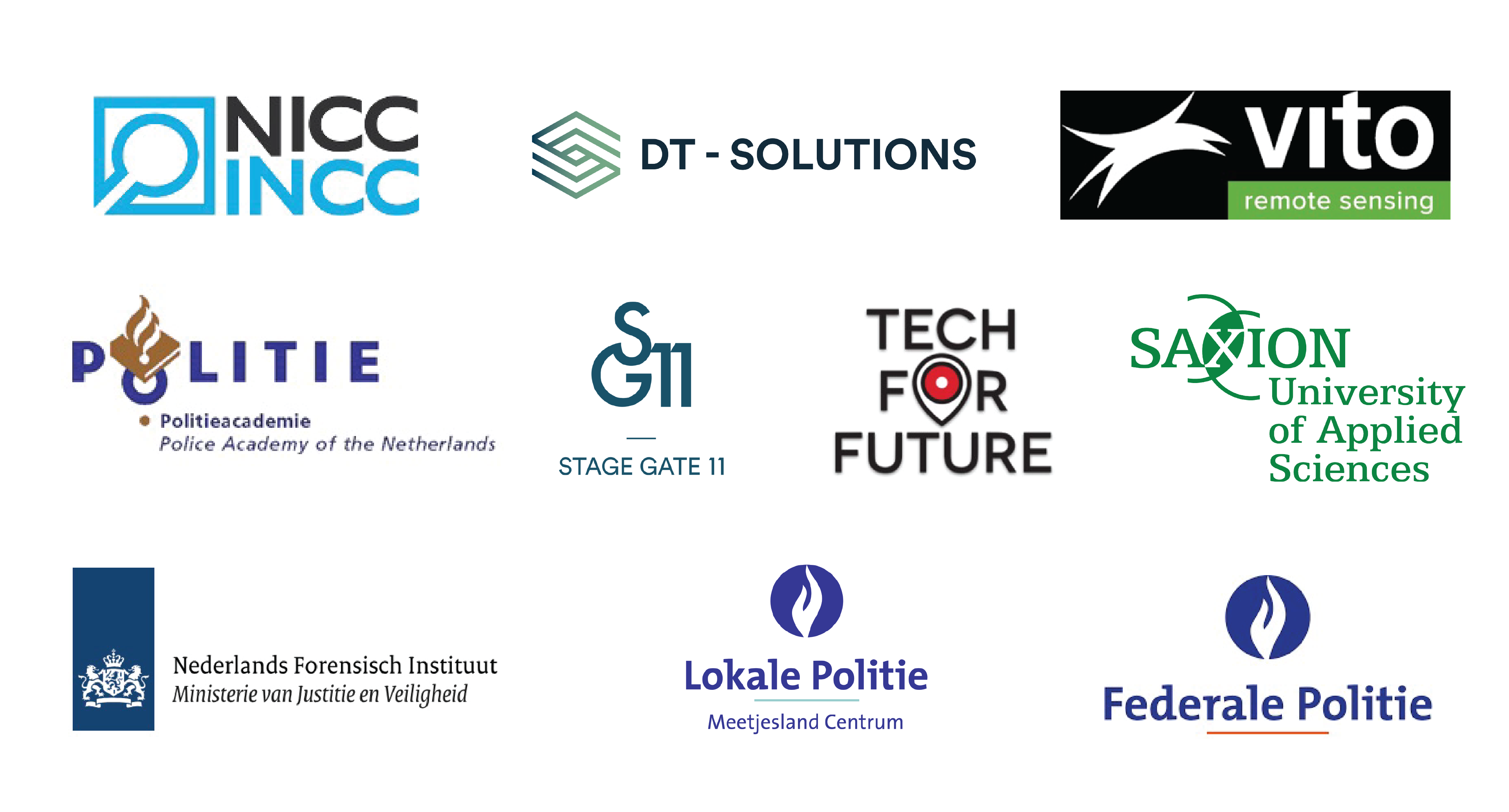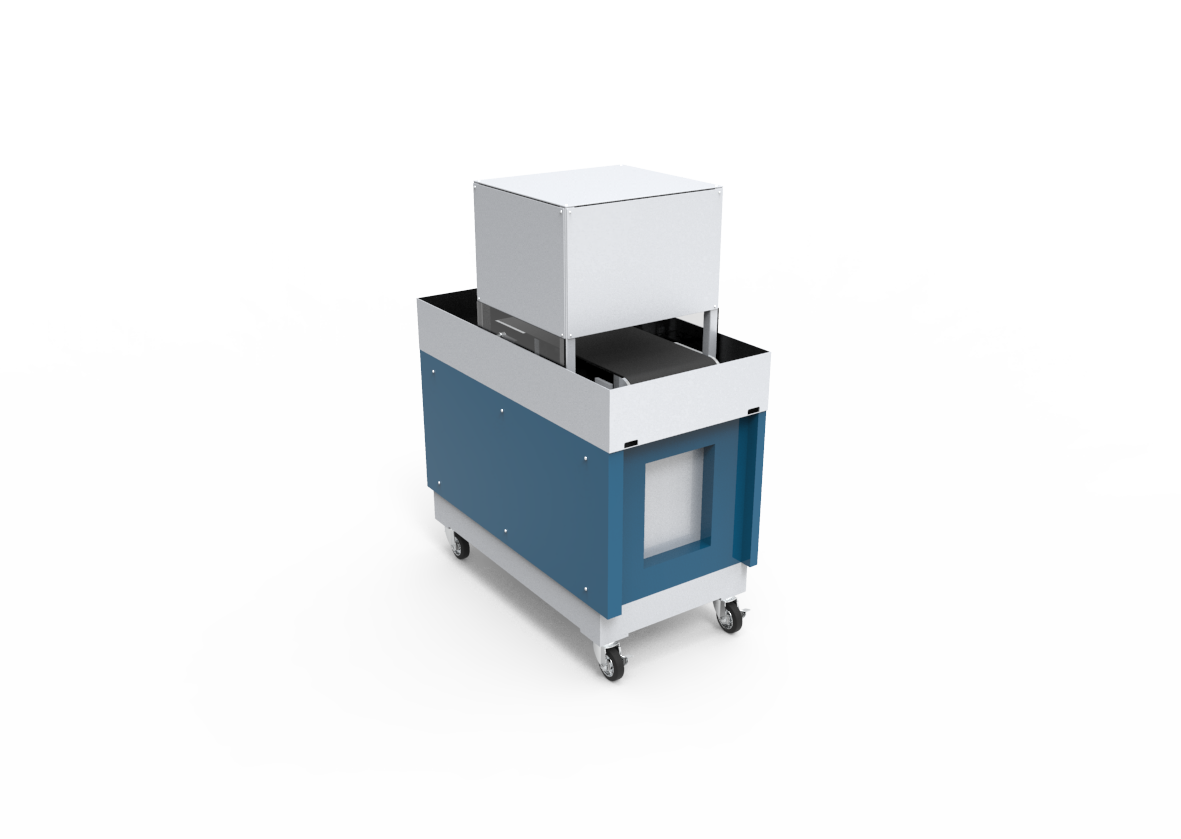Tuesday there was a kickoff meeting for the Multi Scan device. The project takes place in a consortium of the Saxion University of Applied Science, Dutch Police Academy, Dutch Police, Stage Gate 11, DT-Solutions, the ECFO, the Netherlands Forensic Institute and the Belgium Police.
The two-year project focuses on a number of optical techniques for making traces visible in forensic investigations. After an incident, the Police investigate the crime scene. They seize traces or material with traces on them and deliver them to the Netherlands Forensic Institute for further investigation. These are tens of thousands of pieces of evidence that require thorough analysis. In this process it is important that the right choices are made about what should and should not be investigated. Efficiency and effectiveness are of great importance and the parties involved would like to take a step in this direction.
Knowing where and what kind of traces are present in the initial phase of the forensic investigation Link to page

Raoul de Graaff, forensic researcher at the Dutch Police explains why the Dutch Police is involved in this project: “I am involved in applying the techniques at the crime scene. The aim here is to be able to detect better and (possibly) to get a quick indication of the nature of a track.”
Mattijs Koeberg of the Dutch Forensic Institute explains: “This project is a great complement to an ongoing project at the NFI where we are working towards a Forensic Scan Table. This NFI project has the ultimate goal to combine data from several techniques to visualize different types of traces on a piece of evidence at the touch of a button. Traces on pieces of conviction often contain a wealth of information. Unlocking this information helps to reconstruct the events at the crime scene. However, the importance of the various traces is often unclear in the initial phase of the investigation and these interests will change during the investigation. Also, traces are not always directly visible and sampling one trace might influence the other. Knowing where and what kind of traces are present in the initial phase of the forensic investigation leads to optimal use of the forensic investigation possibilities in a later phase of the investigation. Providing a reliable indication of the presence and distribution of different types of forensic traces such as DNA, gunshot residue and glass particles. This helps determine a targeted sampling strategy.
Being involved in this new and exciting project with partners from academia, the police and private partners is important for us, because sharing knowledge will help progress towards this goal. We can offer our knowledge to the Multi Scan Device project and the knowledge from this project will help us bring the NFI Forensic Scan Table closer to reality.”
The techniques include forensic light, hyper spectral imaging, UV-vis spectrometry (Delta-r) and X-ray fluorescence. In addition, the team is investigating the properties and application possibilities of the Echo X-technology.

For Stage Gate 11 it is a great opportunity to explore the application of their Delta R technology in the forensic market. Michiel Poppink, CEO of Stage Gate 11 states: “Our company develops a standoff trace technology capable of detecting small traces of explosives and narcotics. In this project we are very proud to collaborate with dedicated specialists coming from the academic world and experts working in the field to explore the possibilities of our technology. The international aspect of having a Dutch – Belgium cooperation makes it extra special.”
No layout found for this module:


